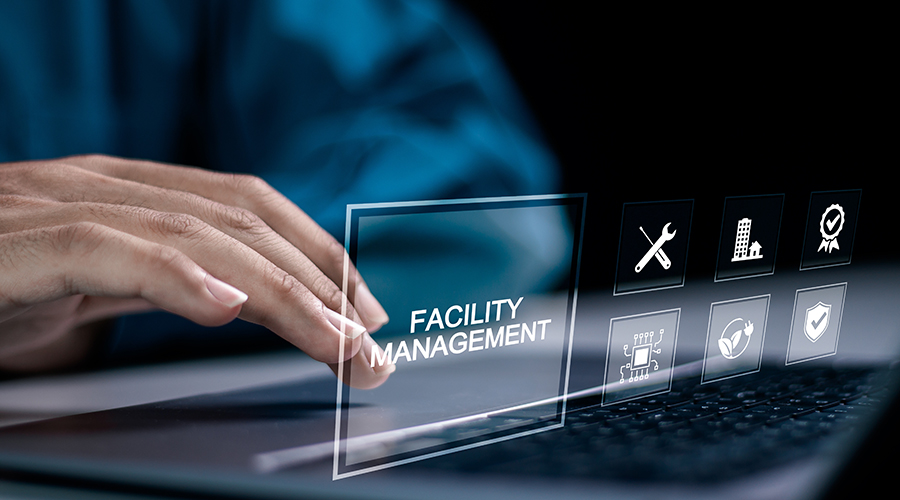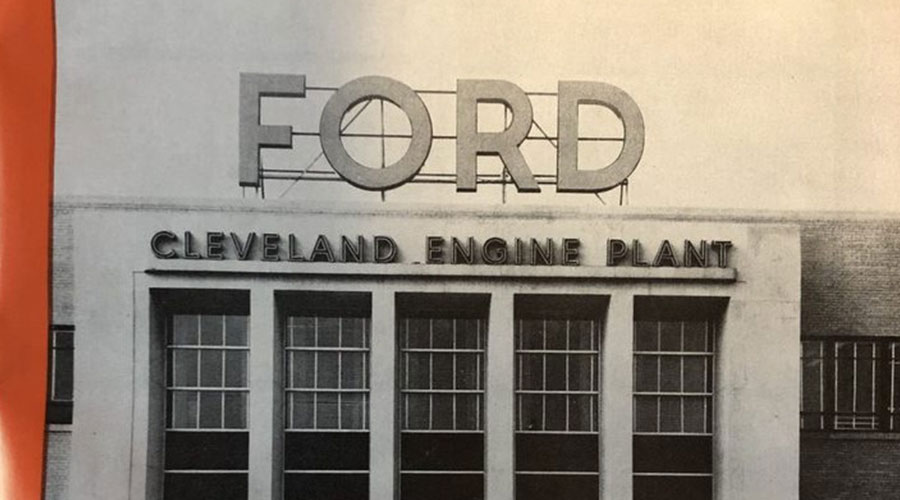Data Loggers, Temperature Guns Often Find Easy Fixes
At first, they thought the cooling system might be undersized. But the answer proved to be much simpler. Using a laser temperature gun, they found that hot air was coming out of the supply diffusers — in a crowded room, in the middle of summer. It turned out the system was malfunctioning and mistakenly went into heating mode on call for cooling. Fortunately, it was fairly easy to fix.
Handheld temperature and humidity/carbon dioxide (CO2) sensor. About the size of a graphing calculator, this sensor features a digital screen that provides a reading of the local space temperature, humidity, and, depending on the device, also CO2. These devices are useful for spot measurements when technicians need more than just temperature information.
Thermographic camera. In the facilities world, departments are using thermographic cameras for moisture detection in façades and roofs, annual electrical-panel inspections, and predictive maintenance testing programs. Technicians also are beginning to use them in commissioning and energy audits, often to locate thermal leaks where unconditioned air can enter or unconditioned air can escape. The cameras can be expensive, but if you have one, consider having technicians use it to identify leaks in the building envelope that might contribute to thermal discomfort around the perimeter.
Managers will always have to deal with hot and cold calls, but while it is a simple issue, the way through is not always clear. In increasingly complex facilities, technicians should take advantage of diagnostic tools to effectively and efficiently sort through the noise, identify problems, and implement solutions. Whatever tools managers specify and technicians put to work, they still will have to deal with the people issues. But better-equipped technicians at least give the department a fighting chance.
Laurie Gilmer, P.E., CFM, SFP, LEED AP, CxA — is vice president of facility services with Facility Engineering Associates (FEA) and leads FEA's facility asset management, building energy management, and sustainability services. She has assisted managers in improving building systems operations, creating and implementing energy management plans, identifying energy saving opportunities, and LEED certification for existing buildings. Her experience includes sustainability, LEED, systems analysis, energy audits, commissioning, building systems planning, and controls reviews.
Agree? Disagree? Have something to say? We want to hear from you. Visit myfacilitiesnet.com/LaurieGilmer, and start a conversation.
Related Topics:













